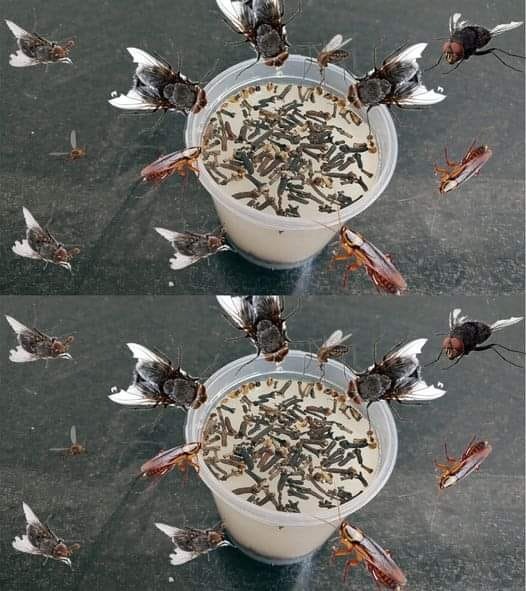Watermelon is a refreshing and nutritious fruit enjoyed by many, but like all perishable foods, it can spoil. One of the most obvious signs of spoilage is the presence of mold. If you notice white, green, or black fuzzy patches on the rind or exposed flesh, your watermelon has been invaded by mold. This is not just an aesthetic issue—it poses serious health risks.
Moldy watermelon can harbor harmful bacteria and fungi that produce toxins, making it unsafe to eat. Some people may think they can simply cut off the affected part and consume the rest, but this is a dangerous misconception. Mold spores and bacteria can spread beyond the visible areas, contaminating the entire fruit. In this article, we will discuss the dangers of moldy watermelon, how to properly handle it, and tips to prevent mold growth in the first place.
Why Moldy Watermelon Is Dangerous
Mold is a sign that bacteria and fungi have taken hold in the watermelon. These microorganisms can produce mycotoxins, which are harmful substances that may cause food poisoning and other health issues. Even if the mold appears to be in a small area, its spores can penetrate deep into the fruit, making the entire watermelon unsafe to eat.







